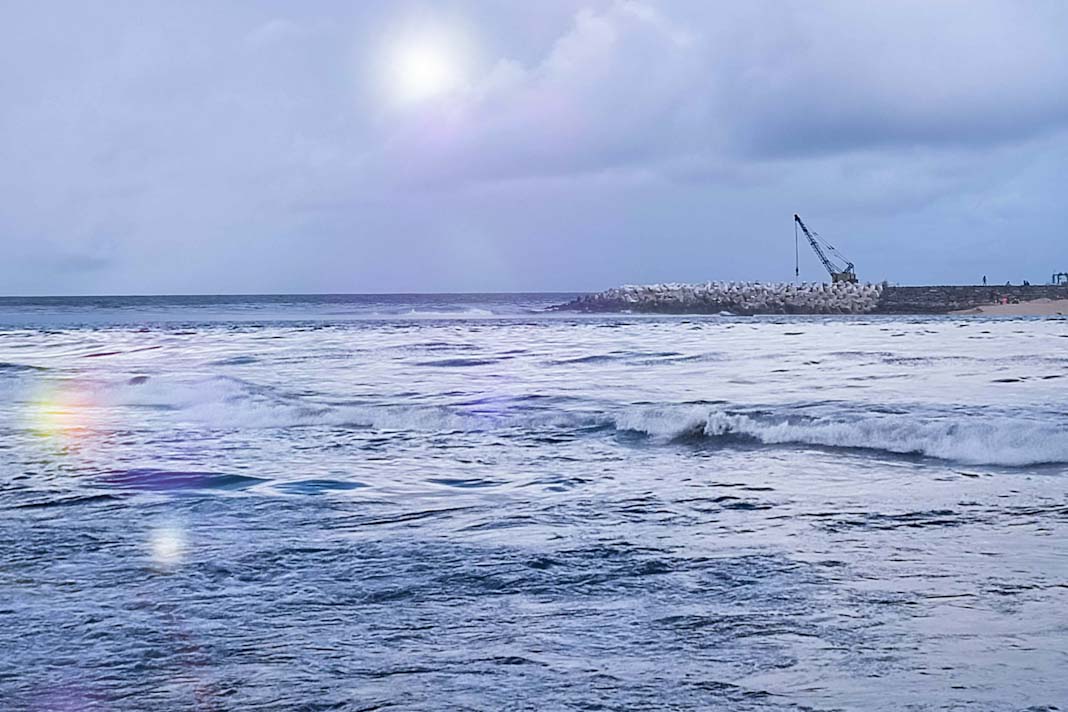- Onboard carbon capture, utilization, and storage (OCCUS) technology captures carbon emissions from ships’ exhaust gas before they are released into the atmosphere.
- The captured carbon is liquefied and stored in pressurized tanks onboard until it can be offloaded at port facilities.
- While OCCUS offers a promising path toward decarbonization in the maritime sector, its success will depend on technological advancements, cost reductions, and port infrastructure development.
The maritime sector is under increasing pressure to minimize its greenhouse gas (GHG) emissions as it strives toward achieving netzero emissions by 2050. Shipboard carbon capture technology has the potential to play a significant role in maritime decarbonization by capturing CO2 emissions from ships’ exhaust gases before they are released into the atmosphere.
Methods of Capturing Carbon
1. Chemical Absorption: Exhaust gas is wet scrubbed using a chemical solvent such as monoethanolamine (MEA) to remove CO2. The CO2 is then separated from the solvent and stored as a liquid.
2. Membrane Separation: Semipermeable membranes filter out CO2 molecules from exhaust gases.
3. Cryogenic Capture: Exhaust gas is cooled to very low temperatures, causing CO2 to condense into a liquid state.
4. Solid Sorbent Adsorption: Sorbents are used in dry scrubber systems to absorb CO2 from the exhaust gas.
Captured Carbon Handling and Storage Onboard
Captured CO2 is stored as a liquid in pressurized, insulated tanks to maintain cryogenic conditions. Liquid CO2 must be handled carefully to avoid potential risks associated with pressure and temperature control. Type C liquefied gas tanks, as specified by the International Code for the Construction and Equipment of Ships Carrying Liquefied Gases in Bulk (IGC Code), are commonly used for CO2 storage.
Ways of Carbon Utilization
Captured CO2 can be used in various industries and applications, including:
- Enhanced Oil Recovery: Injecting CO2 into existing oil fields to increase oil production.
- Synthetic Fuels: Combining captured carbon with hydrogen to create synthetic fuels like emethanol and sustainable aviation fuel.
- Construction Industry: Incorporating CO2 into the production of building materials such as concrete and aggregates.
- Carbonated Beverages: Using captured CO2 to provide fizz in carbonated drinks.
- Agriculture and Aquaculture: Enhancing plant growth and supporting aquaculture operations with captured CO2.
Feasibility of Carbon Capture and Storage on Ships
Research on shipbased carbon capture projects has demonstrated technical viability, particularly for LNG carriers, which provide a straightforward path to implementing the technology. However, challenges include high costs, energy requirements, and the need for specialized port infrastructure.
Joint ventures such as the Northern Lights project aim to build infrastructure to handle the transportation and storage of captured CO2. The project’s goal is to transport liquefied CO2 from various emitters to an onshore storage terminal on the Norwegian west coast, then by pipeline to offshore storage locations.
GCMD Study on Offloading Onboard Captured Carbon Dioxide
The Global Centre for Maritime Decarbonization (GCMD) conducted a study on offloading captured CO2 from vessels. Key findings include:
- Offloading Concepts: Shiptoship and shiptoshore transfer using an intermediate liquid CO2 receiving vessel are the most scalable concepts.
- Regulatory Landscape: Policy and regulatory frameworks related to offloading and handling captured CO2 are still in development.
- Port Readiness: Ports are not yet fully prepared for CO2 offloading due to a lack of enduse and sequestration infrastructure projects.
- Safe Handling: Studies show that offloading captured CO2 is safe and presents low operational risks.
Shipboard carbon capture, utilization, and storage (OCCUS) technology presents a promising opportunity for decarbonizing the maritime industry, but further research and development are necessary to address the challenges and fully realize its potential.
Did you subscribe to our daily newsletter?
It’s Free! Click here to Subscribe!
Source: UK PandI























